The Dutch National Museum of Antiquities in Leiden unveiled its new Egyptian galleries in late 2016. Lara Weiss, curator of the Egyptian collection, talks to Apollo about the redisplay of the collection ‑ and making some surprising new discoveries.
Why did the Egyptian galleries need to be refurbished?
We had some asbestos problems in our main hall, so the museum had to close for about half a year and it seemed to be the perfect moment to renovate the galleries. We started with the Dutch and prehistoric departments and then the Greek department, and the Egyptian department is the final big project. In the Egyptian galleries, we used to have a display that took the visitor through the centuries, through the history of Egypt from the very early prehistoric period to the Coptic period, but now we have made more deliberate choices. We still have an introduction to the history and culture of ancient Egypt in the first room, but we have three other rooms focusing on religion, the afterlife, sculpture, and a fifth room about Egypt and other cultures. The idea is to show the strengths of the collection and highlight them.
How was the museum’s Egyptian collection formed?
The museum itself was founded in 1818 shortly after the Netherlands had become a kingdom, so this was part of the cultural politics of the times. Unlike other museums, we did not do excavations in Egypt at the time, so our collection is mainly acquired from three large purchases, which are the de Lescluze, Cimba, and d’Anastasi collections. The most important of these is the d’Anastasi collection, which was acquired in 1828. It includes our absolute masterpiece, the double statue of Maya and Merit, which are lifesize figures. Maya was a minister of finance in the reign of Tutankhamen [Merit was his wife] and it is exceptional in Egyptian art to have such huge non-royal funerary statues.
We have many important objects from Saqqara, where we have our excavations, so we can highlight those and show the unique link between our excavations and our collections. Other museums had their own excavations in Egypt and got their collections from there, but for us it’s a bit vice versa: we had the collection in our museum for about 200 years and started to excavate in that area only in the 1970s, which means that we are reconstructing the archaeological and historical contexts of the objects in the collection much later.
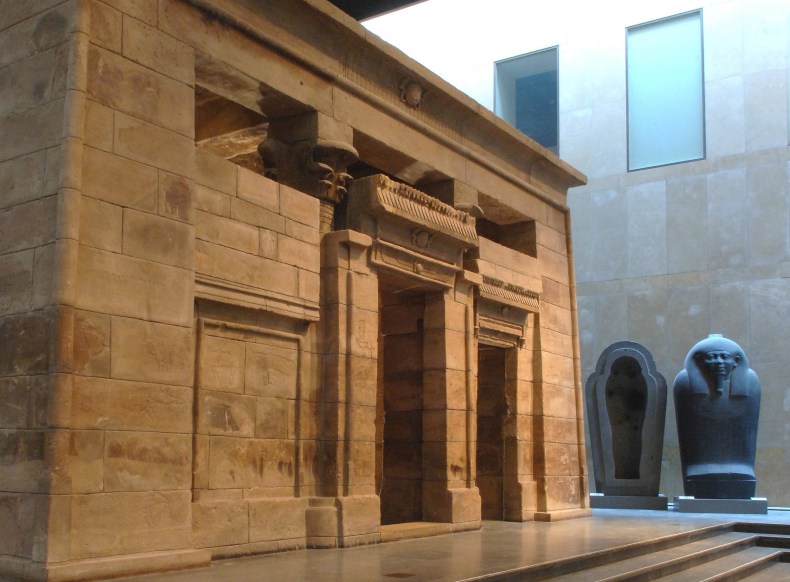
Temple of Taffeh, displayed in the entrance hall of the Dutch National Museum of Antiquities, Leiden.
Can you tell us more about the museum’s ongoing excavations in Egypt? What are you investigating in particular?
Saqqara is the cemetery of the former city of Memphis. It’s about 30km south of Cairo and we have important statues from there in the museum collection. There is a map from the 19th century and the idea was to endeavour to find the tomb of Maya and Merit [which the map indicated]. The figures came to Leiden in 1828 and their context was no longer known because they had entered through the d’Anastasi collection – so they entered through the antique trade – and it has taken 200 years to reconstruct their contexts.
We have been excavating in this area for 40 years – it is quite a big cemetery with many tombs that have already been discovered – and the idea is to discover the relations between the tombs, because they cover a long period of time. Then the question is, why are certain people clustered in certain areas in the cemetery – because they belong to certain professions, or because they want to be close to somebody else? In March we are hoping to go to Egypt again and start in a new area and hopefully find a new tomb.
Another highlight of the collection is the Temple of Taffeh. Can you explain how it came to be in the museum?
This is from one of our very first excavations in the 1960s. The Aswan High Dam was being built and the Netherlands was part of the UNESCO heritage rescue mission in two sites. The Egyptian government thanked the museum, well the Netherlands actually, for this rescue campaign and gave them the temple. They also gave temples to Spain, Italy, and the US for their efforts in saving the antiquities. The museum had a forecourt, which has now been covered and has become the entrance hall, so you see the temple as soon as you enter the museum. The whole hall was built for the temple, because it was important for the Egyptian government that the temple would be accessible for free, so it is right in the entrance. And given the climate in the Netherlands, you need a roof – not like in Egypt where it can stand outside!
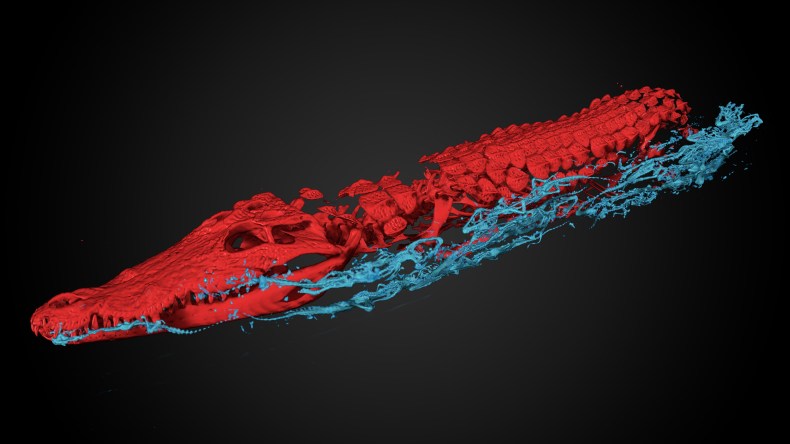
Scan of baby crocodiles in Egyptian crocodile mummy at the Dutch National Museum of Antiquities, Leiden. © Interspectral, 2016
A crocodile mummy in the collection made the headlines when you had it 3D-scanned last year. What did you find?
We wanted to scan two mummies – a human mummy and a crocodile mummy. For the animal mummy we chose a crocodile as it’s a large object, more than three metres long. We had already scanned it in 2001 and we knew that there were actually two crocodiles in it – two juvenile ones – and this is what we wanted to show to our visitors. It was a very big surprise when it turned out that there were not only these two crocodiles that we already knew about, but also 47 baby crocodiles wrapped in small bags on the side of the crocodile. It’s an absolutely unique find and it’s so nice, because you think you already know everything about your collection and then with new technology something else emerges.
Why was the crocodile mummified in the first place?
Animal mummies are very often votive mummies. The idea is that you have an animal god, for example a crocodile god, and then the Egyptians made crocodile mummies to offer to the god as a gift. It is difficult to tell in this case, because it doesn’t have any provenance. Like Maya and Merit, it is part of the d’Anastasi collection, so it has been in the museum for almost 200 years already and no one knows where it was before that. One possible explanation is that the priest wanted to make as large a crocodile as possible, so they just took everything they could get their hands on to make a very large crocodile. The second explanation, which I personally prefer, is that it was a deliberate choice, and that they wanted to combine three generations in one crocodile: the babies are the third generation, and the juveniles are the second, all inside one large adult crocodile as the third generation. It could be a symbol of rejuvenation as this is important in the Egyptian tradition in general, that the cycle of generations symbolises eternal life.
Can you talk about the ethics of displaying mummies?
The idea is that mummies should not be presented as objects, because they are human remains. This is an ongoing discussion in some museums. In Munich, for example, they don’t display mummies at all; in Manchester they cover them. We discussed the question and decided that we do want to display them as an important aspect of Egyptian culture, but we don’t want to do this at all costs – only in a way that’s useful and educational.
From the February issue of Apollo. Preview and subscribe here.
Unlimited access from just $16 every 3 months
Subscribe to get unlimited and exclusive access to the top art stories, interviews and exhibition reviews.

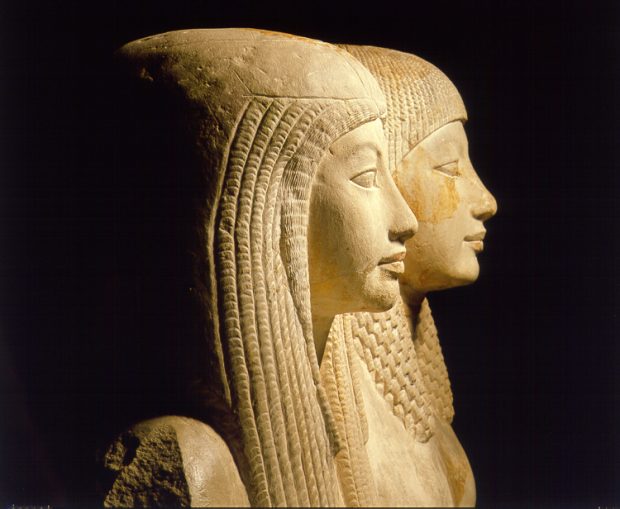
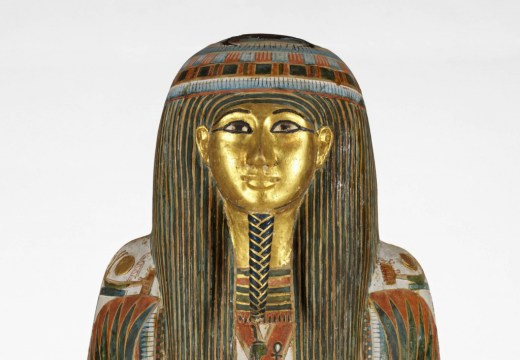
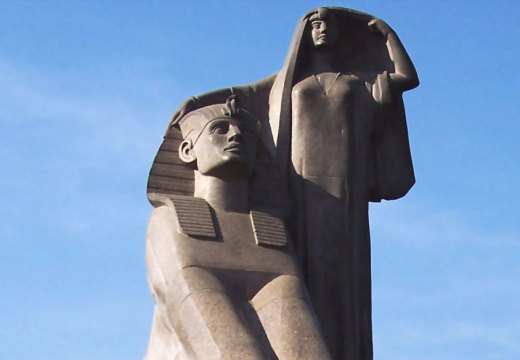
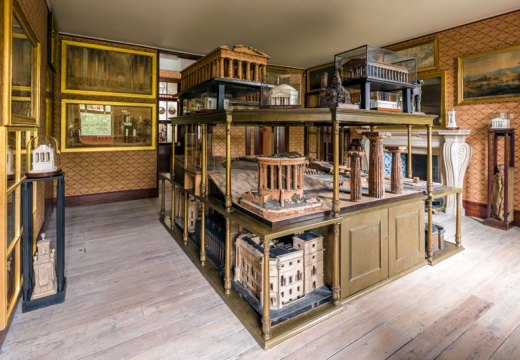








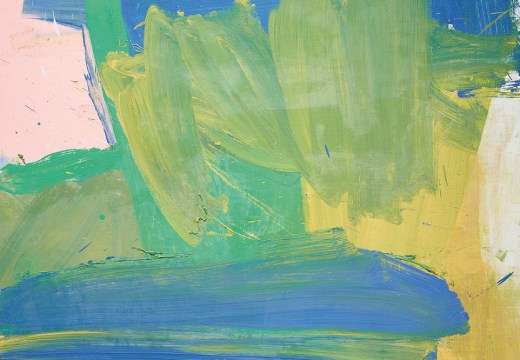
![Masterpiece [Re]discovery 2022. Photo: Ben Fisher Photography, courtesy of Masterpiece London](http://www.apollo-magazine.com/wp-content/uploads/2022/07/MPL2022_4263.jpg)
Why are fathers so absent from art history?